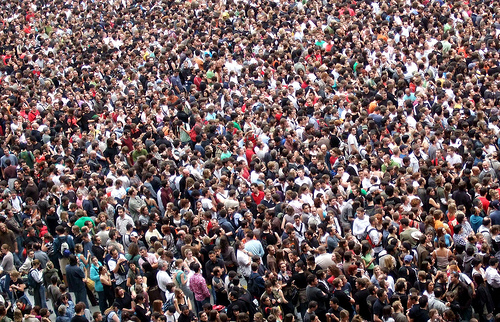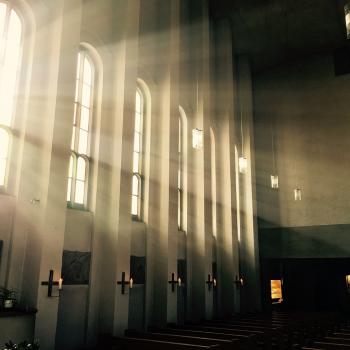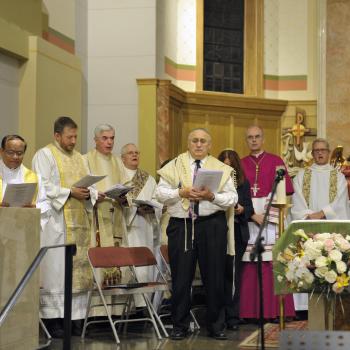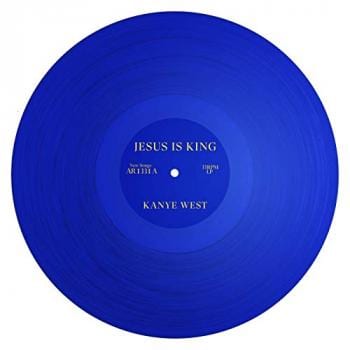John Allen is offering this week “three myths about the Church to give up for Lent,” and this one hit home for me:
The popular take on Catholicism these days tends to be that it’s a church in crisis. Rocked by sex scandals, bruising political fights and financial shortfalls, it seems to be hemorrhaging members — a recent Pew Forum study found there are now 22 million ex-Catholics in America, which would be the country’s second-largest religious body after what’s left of the Catholic church itself — as well as clustering parishes, closing institutions and struggling to hand on the faith to the next generation.
The overall perception is that this is an era of Catholic entropy — decline, contraction, things getting smaller.
Seen from global perspective, however, that’s just wildly wrong. The last half-century witnessed the greatest period of missionary expansion in the 2,000-year history of Catholicism, fueled by explosive growth in the southern hemisphere. Take sub-Saharan Africa as a case in point: The Catholic population at the dawn of the 20th century was 1.9 million, while by the end of the century it was more than 130 million, representing a staggering growth rate of 6,708 percent. Overall, the global Catholic footprint shot up from 266 million in 1900 to 1.1 billion in 2000, ahead of the overall rate of increase in world population, and is still rising today.
The dominant Catholic narrative of our time, in other words, is not decline but astronomic growth. (That’s not true everywhere, as there are significant losses in Europe, parts of North America and in some pockets of Latin America, but it is the global big picture.)
Running those numbers, one is reminded of a famous 2003 essay by David Brooks, poking fun at secular elites who like to believe that religion is in decline: “A great Niagara of religious fervor is cascading down around them,” he wrote, “while they stand obtuse and dry in the little cave of their own parochialism.”
Even in the United States, the Catholic church is actually holding its own. Yes, it’s lost a third of Americans born into the faith, but its retention rate of two-thirds is actually fairly healthy by the competitive standards of America’s wide-open religious marketplace. (It’s much higher than, say, the Jehovah’s Witnesses, who retain only one-third of their members.) Further, the Catholic church is holding steady at roughly a quarter of the national population, thanks largely to Hispanic immigration and higher-than-average birth rates among Hispanic Catholics. In the words of Luis Lugo, director of the Pew Forum, American Catholicism is “browning,” but it’s not contracting.
To be sure, statistics alone don’t settle disputes about the choices facing the church. Those 22 million ex-Catholics in America, for instance, don’t necessarily represent a “vote with your feet” referendum against the conservative drift of church leadership in the last quarter-century, especially when you consider that, according to the Pew data, a sizeable chunk defected to Evangelical Protestantism. Nor does the phenomenal growth of Catholicism in the global south necessarily amount to an endorsement of current Vatican policy, because quite honestly, the Vatican has had precious little to do with it.
In other words, you can’t draw a straight line from population data to who’s right or wrong in current Catholic debates. What can be said with empirical certainty, however, is that anybody who thinks this is an era of Catholic decline needs to get out more often.
Read what else he has to say here.












